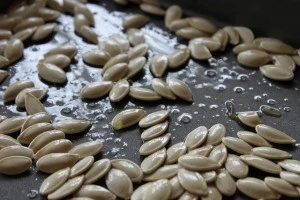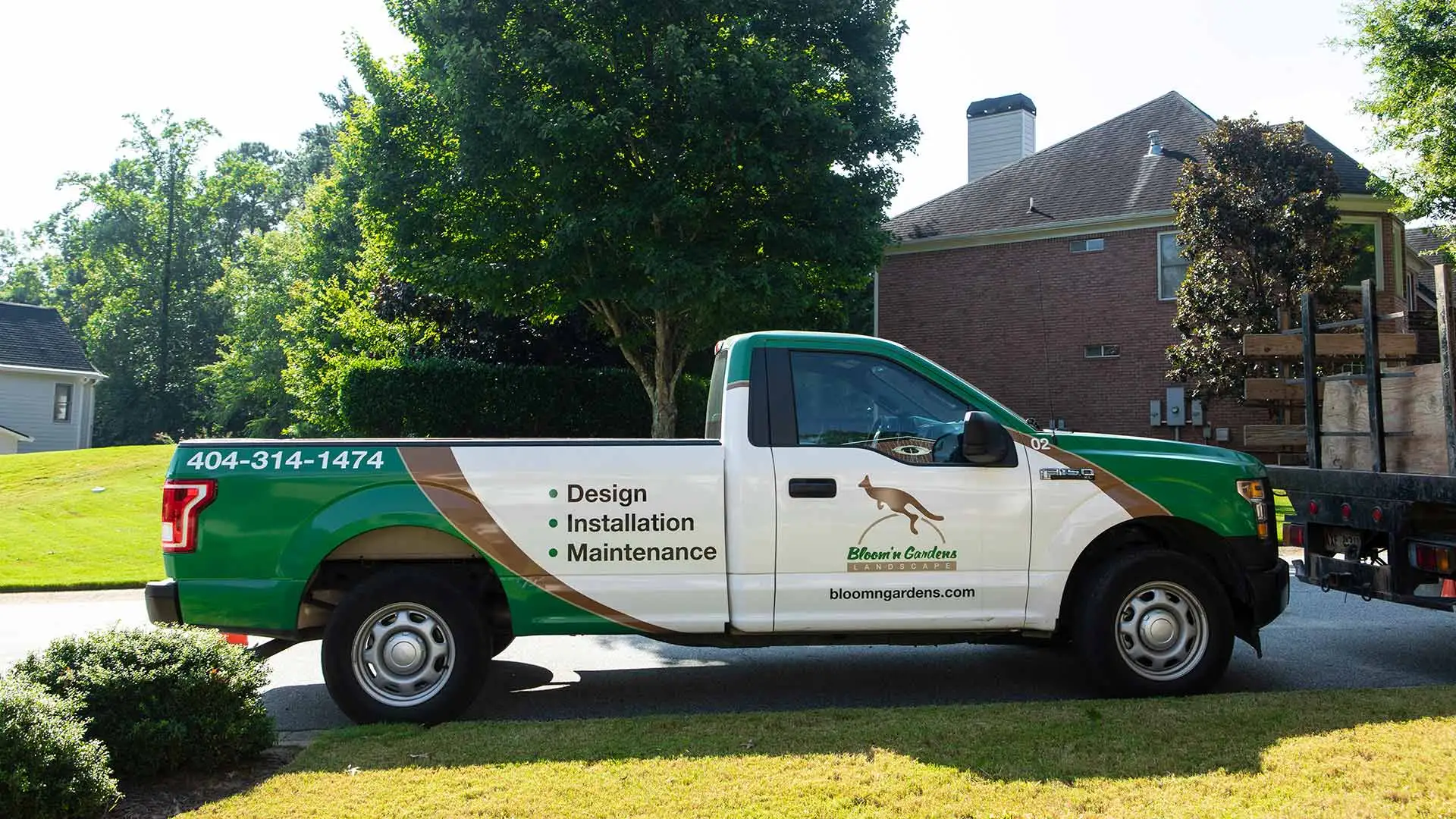 The other day I was doing my weekly grocery at the Kroger and I ran into an old friend. After exchanging pleasantries about college age children the conversation steered toward propagating hydrangeas. I know big leap, but I get questions like that all the time. In fact it is a great topic that more people should investigate. One of my earliest memories is of my mother rooting spider plants on the window sill. She was not much of an outdoor gardener, but loved growing houseplants on our sun porch. Truth is the same principles apply to outdoor plants. I love getting “pass along” plants or even multiplying the number of plants just in my own back yard. It’s a great way to garden frugally.
The other day I was doing my weekly grocery at the Kroger and I ran into an old friend. After exchanging pleasantries about college age children the conversation steered toward propagating hydrangeas. I know big leap, but I get questions like that all the time. In fact it is a great topic that more people should investigate. One of my earliest memories is of my mother rooting spider plants on the window sill. She was not much of an outdoor gardener, but loved growing houseplants on our sun porch. Truth is the same principles apply to outdoor plants. I love getting “pass along” plants or even multiplying the number of plants just in my own back yard. It’s a great way to garden frugally.
Many of you would never consider propagating your own plants, because it may seem very intimidating, but there are a quite a few plants that practically propagate themselves. There are three main ways of propagating plants that every homeowner can be successful at. Collecting and planting seeds, dividing root stocks, and cuttings.
Many of our basic garden vegetables can easily be started from seed, as well as, many great basic annuals and perennials. One of my favorites is sunflower. Simply collect the seeds from a plant and save them until the following year. You can then sow them directly in the garden after the soil has warmed. There are even some annuals that generously reseed themselves, take cleome for example; I always enjoy seeing where it will pop up next year. One drawback to starting plants from seed is that you have to know how to treat the seeds you are trying to germinate. Some seeds may actually have to have some specific treatment, be it cold, breaking of the seed coat, etc. in order to sprout. Knowing how to germinate the seed will lessen the frustration you may encounter.
As easy as seed starting is, another, perhaps easier, but more labor intensive way is root division. Perhaps the easiest plant to propagate by division is Stella De Oro Daylily. As these plants grow larger, you can actually dig them up and divide them into many smaller plants and replant them. This rings true for all the other daylilies out there as well. Other plants that are easily divided are black eyed susan, ornamental grasses and many ground covers.
Still another, slightly more advanced, way a homeowner can propagate plants is by stem cuttings. A great plant to start with is evergreen azalea. Simply cut off new growth of an established plant sometime after June, dip it in a rooting hormone and place it into a soil less medium such as 50/50 perlite and peat. Enclose your container and cuttings in a clear plastic bag to keep things moist and within a few weeks you should be rewarded with more plants.
In the end, propagating your own plants can be both rewarding and fun. Today’s modern technology has a wealth of information that is yours for the taking and will greatly increase your success.



Comments (0)
Thanks for your comment!
Thanks for your feedback! Your comments have been successfully submitted! Please note, all comments require admin approval prior to display.
Error submitting comment!
There is a problem with your comment, please see below and try again.